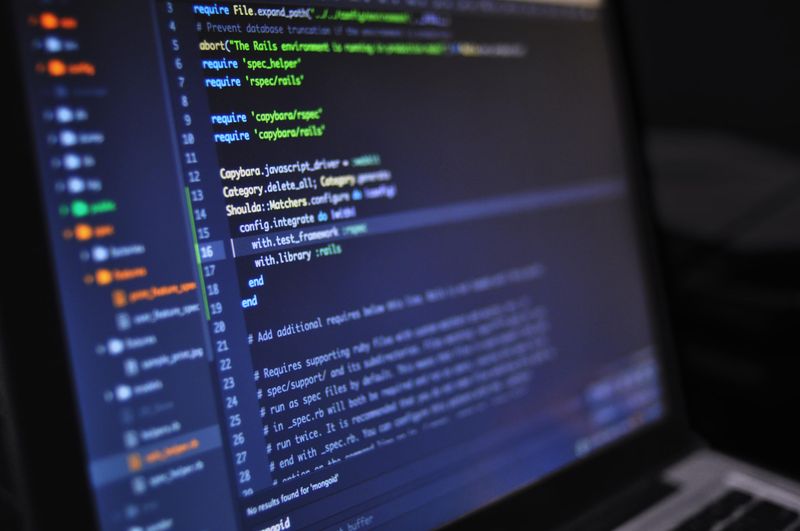The IT Professional’s Blueprint for Compliance
Aligning with HIPAA, NIST, CIS-CSC, Essential Eight, and Cyber Essentials Frameworks
As the threat landscape grows more complex, organizations across all sectors are increasingly focused on compliance with cybersecurity frameworks. These frameworks provide clear guidelines and best practices for safeguarding sensitive data and protecting against cyberattacks. In this report, we will examine how IT professionals can align their efforts with key frameworks, such as HIPAA, NIST, CIS-CSC, Essential Eight, and Cyber Essentials, and gain valuable insights and lessons from these industry standards.
The Importance of Cybersecurity in Today’s Digital Landscape
In an era where cyberattacks are becoming more frequent and sophisticated, cybersecurity has never been more vital. Organizations must adopt a proactive approach to mitigating risks and safeguarding their data and systems. Cybersecurity frameworks offer a comprehensive roadmap for achieving compliance, ensuring that necessary security controls are in place to protect against potential threats.
Decoding Cybersecurity Frameworks
Organizations often face the challenge of deciphering the various cybersecurity frameworks available to them. Each framework serves a different purpose and caters to specific industry needs. Let’s dive into some of the most prominent frameworks and understand how IT professionals can align their compliance efforts accordingly.
HIPAA (Health Insurance Portability and Accountability Act)
HIPAA provides guidelines for protecting patient health information (PHI) in the healthcare industry. IT professionals working in healthcare organizations need to ensure data confidentiality, integrity, and availability while complying with HIPAA regulations. Key measures to adopt include access controls, encryption, risk assessments, and incident response plans, among others.
NIST (National Institute of Standards and Technology)
The NIST framework provides a set of voluntary guidelines and standards for managing and improving an organization’s cybersecurity infrastructure. IT professionals should familiarize themselves with the NIST Special Publication 800 series, which includes actionable guidelines for securing IT systems, networks, and data. NIST also offers a risk management framework that helps organizations identify and mitigate potential risks.
CIS-CSC (Center for Internet Security Critical Security Controls)
The CIS-CSC framework is widely recognized as a practical roadmap for cybersecurity, regardless of industry or organization size. With its prioritized list of 20 actionable controls, IT professionals can focus on high-value security practices. These controls include inventory and control of hardware assets, secure configurations for hardware and software, continuous vulnerability assessment and remediation, and data recovery capabilities, to name a few.
Essential Eight
The Essential Eight is an Australian government initiative that outlines eight essential strategies to mitigate cyber threats. These strategies include application whitelisting, patching applications, restricting administrative privileges, and implementing multi-factor authentication. IT professionals can use the Essential Eight as a starting point to bolster their organization’s cybersecurity defenses.
Cyber Essentials
Cyber Essentials is a UK government-backed scheme designed to help organizations protect themselves against common cyber threats. The scheme focuses on five key areas: boundary firewalls and internet gateways, secure configuration, access control, malware protection, and patch management. IT professionals can use the Cyber Essentials framework to assess their organization’s cybersecurity readiness and implement necessary controls.
Gaining Insights and Lessons from Compliance Efforts
Compliance with cybersecurity frameworks is not just about fulfilling regulatory obligations. IT professionals can gain valuable insights and lessons from their compliance efforts, ultimately strengthening their organization’s security posture. Compliance forces organizations to evaluate their existing security controls, identify vulnerabilities, and implement necessary improvements. This proactive approach can help organizations stay ahead of emerging threats and enhance their overall security capabilities.
Editorial – The Unending Battle Against Evolving Cyber Threats
The cyber threat landscape is ever-evolving, making it imperative for IT professionals to remain vigilant and adaptable. Compliance with cybersecurity frameworks provides a solid foundation, but it must be complemented with a robust cybersecurity strategy that continuously evaluates and improves defenses.
IT professionals should prioritize knowledge sharing, staying abreast of the latest industry trends, attending conferences, and participating in cybersecurity communities to stay ahead of the curve. Building a culture of security awareness within organizations is also crucial, as employees remain the first line of defense against social engineering tactics.
Conclusion – A Call for Proactive Cybersecurity Measures
Complying with cybersecurity frameworks is not a one-time endeavor but an ongoing process. IT professionals must adopt a proactive approach, continually assessing and improving their organization’s security posture. By aligning with frameworks such as HIPAA, NIST, CIS-CSC, Essential Eight, and Cyber Essentials, they can ensure that their efforts are aligned with industry best practices and are consistently updated to counter emerging threats.
Remember, cybersecurity is everyone’s responsibility. Stay vigilant, prioritize education and awareness, and collaborate to build a secure digital future.

<< photo by cottonbro studio >>
The image is for illustrative purposes only and does not depict the actual situation.
You might want to read !
- Examining the Major Cybersecurity M&A Deals of October 2023
- Uncovering the Untapped Potential: Identity Snags Secures $40M for Revolutionary ID Verification Technology
- Exploiting Weaknesses: The Alarming Security Threats Affecting Weintek HMIs
- Quantum Computing’s New Rival: MemComputing ASICs Threaten 2048-bit RSA Encryption
- Severe Flaws in Milesight Routers and Titan SFTP Servers: Uncovering the Experts’ Warnings
- Guarding Your Finances: Critical Strategies for Securing Financial and Accounting Data
- Appealing Justice: Uber’s Former Chief Information Security Officer Fights Conviction in Landmark Data Breach Case
- New Title: Cybersecurity Watchdog CISA Takes Aim at Ransomware’s Exploitations of Vulnerabilities and Misconfigurations
- Unveiling the Shadows: Inside the Tactics and Techniques of Chinese Threat Actors
- Countering the Threat: Analyzing the Implications of a Chatbot Guide to Bio Weapons Attacks
- Exploring the Flaws: Unveiling the Top 6 Errors in Incident Response Tabletop Exercises
- 5 Strategies for Strengthening IoT Security in Hospitals
- Federal Agencies Struggle to Meet Crucial Privacy Goal: A Setback for Data Protection
- Academics Develop Groundbreaking System to Safeguard Unmanned Robots from Cyber Intrusion




